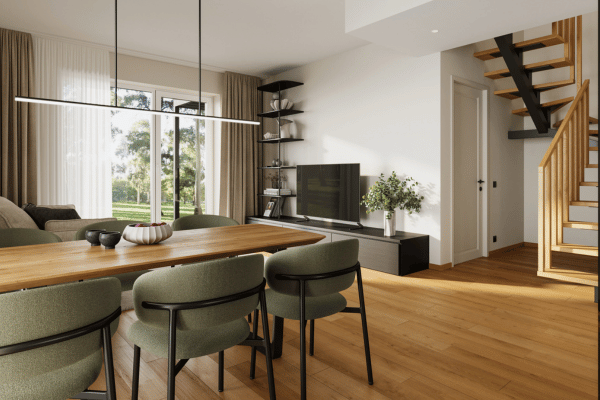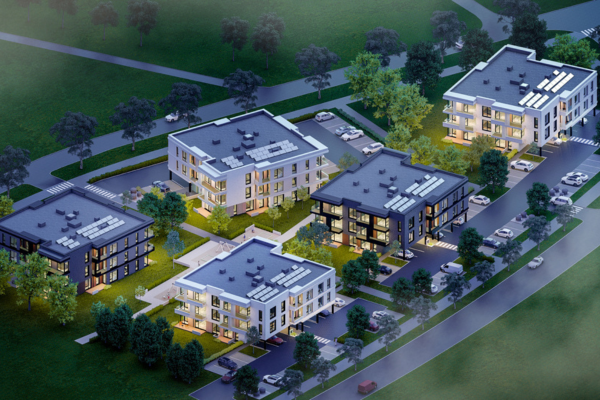Developers often claim it’s always a good time to buy a home—but right now, the stars may genuinely be aligning in buyers’ favor. A unique combination of market factors has created a window of opportunity that makes 2025 one of the most favorable times in recent years to purchase a home.
es, real estate prices remain high, but they’ve essentially held steady at 2022 levels. At the same time, wages have risen, interest rates have come down, and inflation has eased—together making homeownership significantly more affordable than it was one, two, or even three years ago.
Market Conditions Now Favor Buyers
Over the past three years, average wages in Estonia have grown consistently by 8–11% annually, and the labor market has remained strong, with unemployment around 7% and employment near 70%.
In Q1 2025, consumer prices rose by 4.4% year-on-year, while wage growth is expected to outpace inflation over the full year.
Meanwhile, interest rates have dropped considerably. By the end of Q1, average mortgage rates had fallen to around 2.4%. As of today, the 6-month Euribor has declined further to 2.193%. While the biggest drop may be behind us, forecasts suggest rates could decrease even more by year-end. Mortgage payments are benefiting not only from falling Euribor rates but also from tighter competition among banks, which has driven down interest margins. In a period where most prices are climbing, loan financing is one of the few things that has actually become cheaper.
More Options, More Negotiating Power
From a buyer’s perspective, the current market is also favorable due to the sheer volume of available properties. While the number of unsold new developments dipped slightly in Q1 2025, supply remains at historically high levels. For context, there were over 1,000 unsold completed apartments at the end of Q1 this year—compared to just 100 at the same point in 2022. This means buyers now enjoy more choices and stronger bargaining power than at any point in the past few years.
However, that window may not remain open for long. Upward pressure on prices is building, driven by rising input costs and a rebound in construction prices. Additionally, a planned VAT increase on new homes set to take effect this summer is expected to push prices higher. For example, a 2% VAT increase on a €300,000 home translates to nearly €5,000 in additional cost. While prices may not spike overnight, past tax changes have shown a gradual pass-through to final sales prices. The beginning of a new economic growth cycle and growing consumer confidence are also likely to reinforce this upward trend.
What’s Holding Buyers Back?
Despite favorable conditions, there’s a noticeable hesitation in the market—especially in the new development segment. While prices haven’t climbed, they haven’t come down either, and remain relatively high. For many Estonian households, this poses a challenge: their equity is tied up in their current home, which they must sell in order to fund the down payment for a new one. This often means finding temporary housing in the meantime—a process that can be stressful and inconvenient.
To help address this, some developers—including Everaus Kinnisvara—have reduced the required initial down payment. Lowering the entry barrier makes it easier for buyers to transition between homes without having to immediately sell their current property and find interim accommodation. We believe these types of solutions can unlock homeownership for many who have been waiting on the sidelines despite the favorable market.



